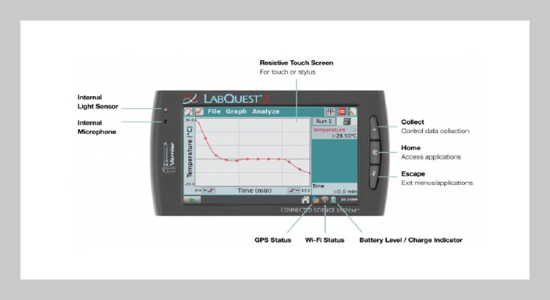Jaran Ratanachotinun This email address is being protected from spambots. You need JavaScript enabled to view it.1 and Pithan Pairojn1 1Chandrakasem Rajabhat University, Bangkok, Thailand
Received:
August 28, 2019
Accepted:
February 25, 2020
Publication Date:
June 1, 2020
Download Citation:
||https://doi.org/10.6180/jase.202006_23(2).0009
This research studies the development of autoclaved aerated concrete with perforations and its effectiveness when compared with typical autoclaved aerated concrete. Strength tests were carried out using Thailand Industrial Standard (TIS) 2601-2556 by reducing the indoor temperature for autoclaved aerated concrete with perforations using estimated survey data. This data was obtained from tests that used a sample box holding typical autoclaved aerated concrete and a sample box holding autoclaved aerated concrete with perforations. The results found that the compressive strength of autoclaved aerated concrete with the perforations was acceptable. Between 17.5-19.4% of the weight reduction for autoclaved aerated concrete that caused a perforations affect a dead load of structure design. This can result in a building design that uses 50% of the material by weight as compared to regular autoclaved aerated concrete. Autoclaved aerated concrete with 4 perforations also has higher thermal efficiency when compared with typical autoclaved aerated concrete. Autoclaved aerated concrete with perforations can reduce the indoor temperature by an average of 1-2 degree Celsius. Analysis of electricity consumption from air-conditioning shows approximately an 8-10% reduction in energy consumption. Therefore, it is appropriate to say that autoclaved aerated concrete with perforations can be used in building construction in Thailand, acting as an effective method of insulation and energy saving.ABSTRACT
Keywords:
autoclaved aerated concrete with perforations; strength of autoclaved aerated concrete; thermal insulation of autoclaved aerated concrete
REFERENCES
















